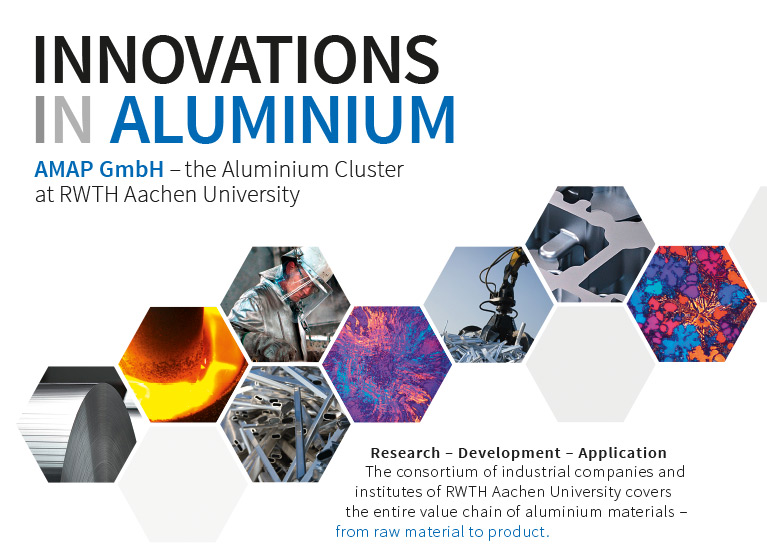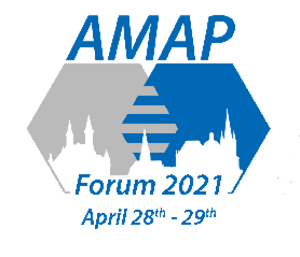I.1 - Predicting casting properties from casting through heat treatment
Marc Schneider | Fengxin Mao
Magma Gießereitechnologie
Summary
The prediction of casting properties from casting to heat treatment is the task of simulation. The Aachen-based company MAGMA Gießereitechnologie is one of the world's leading specialists in this field. The AMAP project P9 took a closer look at the prediction of properties after heat treatment. Detailed knowledge of the heat treatment process of aluminum castings has the potential to reduce energy consumption during heat treatment, fully exploit the potential of the material and increase the competitiveness of the casting industry in general, as MAGMA CEO Marc Schneider summed up in his presentation “Predicting casting properties from casting through heat treatment”. A well-known example from practice is the high demands car manufacturers place on aluminum engine blocks.
The quality and property developments of an aluminum alloy depend largely on the ageing processes. The objectives of the P9 project are the prediction of local mechanical properties after heat treatment for aluminum castings. The project focuses on the change in properties after solution heat treatment and during ageing. Partners are the companies Nemak and MAGMA together with the Institute of Physical Metallurgy and Materials Physics at RWTH Aachen University.
Building on the findings in the area of foundry simulation and solidification, AMAP P9 has addressed the open questions of quenching and artificial ageing in the heat treatment process, as Schneider explained. The model treats precipitation with nucleation and growth as diffusion-controlled processes. The driving force of all phases with the dependence on the temperature and the local composition was calculated. The model calculates and provides the size and volume fraction of all phases after each time step. The corresponding mechanical properties are calculated using a precipitation hardening approach.
As a result Schneider can state:
-A multi-component and multi-phase precipitation model was successfully developed to simulate the hardening effect in Al-Si-Mg-Cu cast alloys
-The prediction of microstructural evolution and mechanical properties of industrially processed samples was validated by various experimental methods
-Further implementation of the physical approach of dissolution treatment and quenching process is underway to predict compositional evolution and improve simulation performance.


